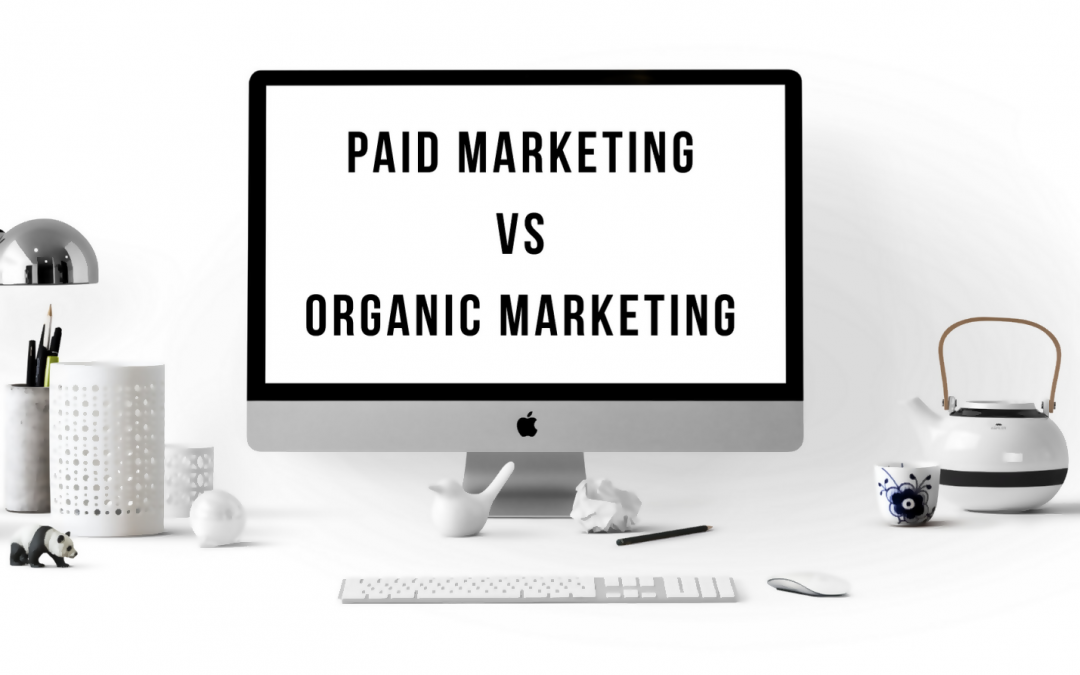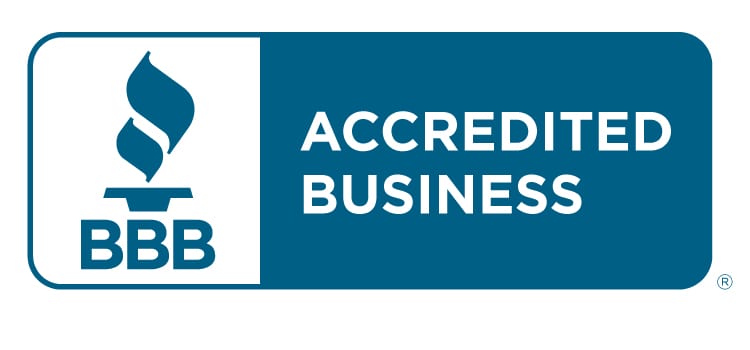
5 Ways To Help Bounce Back From The Pandemic
The year 2020 was like nothing that we’ve experienced in our lifetime. It was a year of economic collapse and all industries were affected by it. Businesses were closing down, travel restrictions were imposed, and the spending habits of consumers totally changed.
But pharmaceutical companies have started developing vaccines just a few months after the pandemic broke out so we can expect that towards the end of 2021, the vaccines would be fully distributed to all Americans and that the economy will be bouncing back.
However, the damage has been done and it’s not that easy for businesses to just get back into the market after months of economic collapse. We’ve listed down some helpful tips on how to help your business bounce back from the pandemic.

1. Adopt Remote Working
The pandemic has forced a lot of companies to allow their employees to have a “work at home” setup in order to adhere to social distancing guidelines. The result was that it gave companies some breathing room to operate at a minimal level just to keep the entire business alive until everything goes back to normal.
However, what most companies don’t know is that remote working actually helps increase efficiency and productivity. Even before the pandemic, remote working has already been adopted by most businesses especially in the digital marketing industry.
It’s already a tried and tested work setup so it’s just about time that businesses catch up to it. What remote working does is that it lessens operational costs such as rent or bills since your employees would be working at home.
Now, if you had some expansion plans before the pandemic took over, you might need to go back to the drawing board and apply a “work from home” setup for your business. Also, there are productivity benefits that come with it too! According to a recent study, remote employees actually work 1.4 more days per month compared to regular office employees. It’s because employees can work around the clock to get tasks done and they’re not constrained to set work hours.

2. Stick To Repeat Customers
You’ve probably lost a lot of customers during the crisis and now you’re itching to gain more customers to bring the sales back up again. However, now is not the best time to go hunting for new customers because you’d have to set up a new sales funnel all over again – which is pretty expensive.
Why not focus on existing customers? Go after customers who have already come across your product at least a few times. For example, if you’re running Facebook Ads, you can retarget audiences who have already seen your past videos before. Now, if you’re running a physical store, why not create a promotion for existing customers like discounts and sales to encourage repeat purchases.
Another great idea would be setting up a customer loyalty program. All big and small businesses do it so you should too. It can be as simple as a loyalty card where you provide incentives to customers for every purchase they make.

3. Provide More Employee Benefits
2021 is the best time to scale your business and if you have plans to do it, it’s important to consider that you’d need more employees to help you operate your business. But you need to consider these questions first – What sets you apart from other employers? What will make your employees stay with your company? What makes you an attractive employer to job seekers?
Obviously, higher salaries would be the answer but since you’re slowly bouncing back from a pandemic, it’s not really a good financial decision to do it. The most cost-effective way of providing incentives is by introducing employee benefits such as health insurance, housing loans, paid vacation, and more. Reward and recognition programs are also helpful because it motivates employees to reach a certain level of performance.
Sometimes, the best talents in the market aren’t really after high salaries, what they’re after is flexibility, security, and a good working atmosphere. Just make sure that you’re sticking to a certain budget when you do offer these benefits.

4. Digitalization
During the pandemic, there were some sectors that experienced positive growth such as the healthcare and e-commerce industry. However, there were also some that experienced negative growth such as the travel, dining, and hospitality industry.
Now, if your business is a part of the industries that were affected negatively, you can still bounce back! What you need to do is to digitize and diversify your products and services.
What do we mean by that? For example, if you’re in the food industry and you can’t fill up your restaurants because of social distancing guidelines, why not take the food to your customers? A lot of consumers are dying to eat out but they’re just trying to avoid going out because of the fear of getting infected by the coronavirus. As a business owner, you can digitize your business by partnering with various food delivery apps.
Also, if you own a physical store, why not put up an e-commerce store instead? You don’t need to put up a website but you can start selling your products on online shopping apps like Amazon.

5. Position Your Brand
It’s important for businesses to position their brand in the post-pandemic world. It means that your consumers should know the role your business plays in the market. Remember that buying habits have changed, the landscape of the economy has changed, and it’s going to take years before everything goes back to the way it used to be.
A great example for this would be the fashion industry. Now, people won’t be buying clothes anytime soon because their priorities are focused on essentials at the moment. Does this mean that the fashion industry is dead? No!
What they can do is they can add facemasks and other protective wear to their product line to meet the demands of pandemic related products. This helps the brand position itself in this post-pandemic market.







